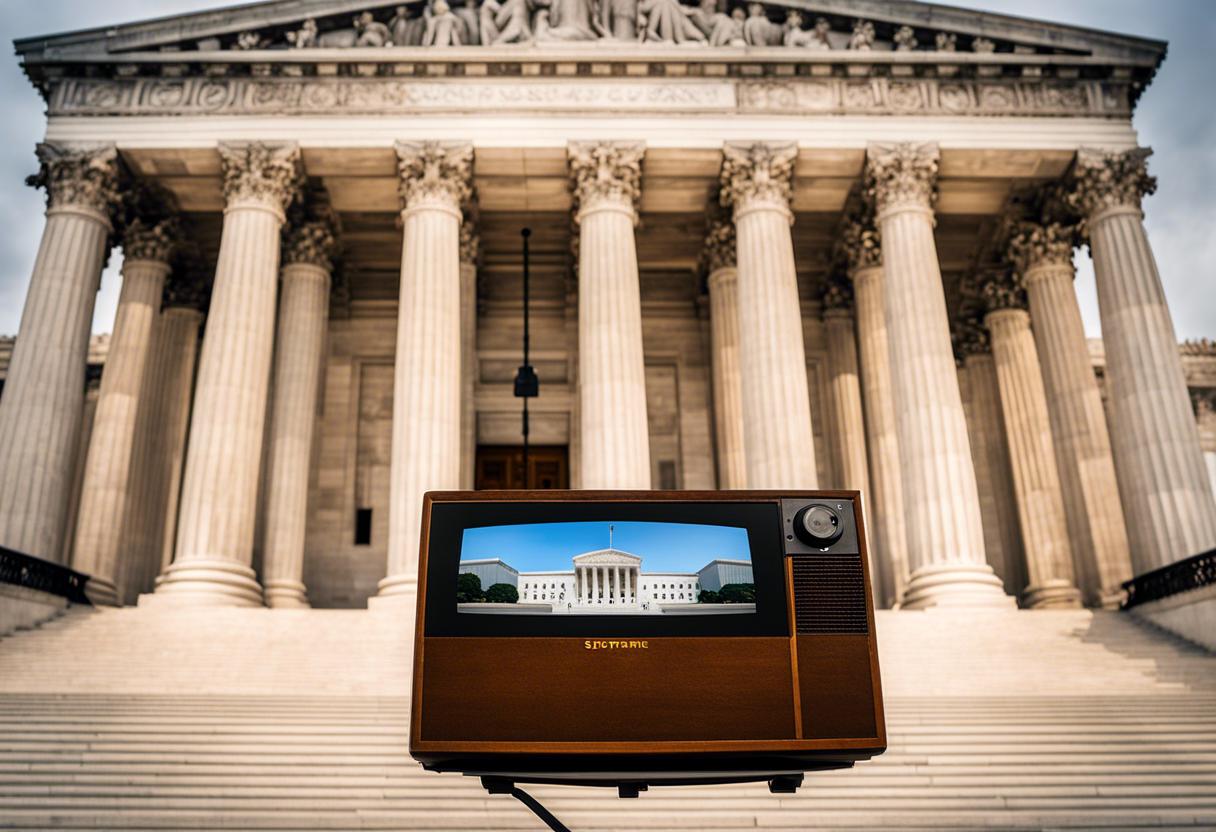The Chief Justice has announced at a special centenary event that the Supreme Court will start to be televised later this year. The event, commemorating a century of Ireland’s independent judicial system, was hosted in the Four Courts on Tuesday. Chief Justice Donal O’Donnell stated that, due to significant differences between Supreme Court appeals and other types of court hearings, he does not foresee nor suggest that other proceedings should be televised or streamed at this point.
The event was attended by numerous high-ranking judges from various European nations, as well as India, Tanzania and Northern Ireland. Several currently active and retired Irish judges also attended, along with EU Court of Justice President Koen Lenaerts and European Court of Human Rights President Síofra O’Leary. Minister for Justice, Helen McEntee, was also present to address the audience. Later in the day, a commemorative reception was held at Áras an Uachtaráin, hosted by President Michael D Higgins and his wife Sabina, followed by a concluding dinner at the King’s Inns.
During his speech, Chief Justice Donal O’Donnell highlighted the progressive changes in the independent Irish court system over its 100-year existence, illustrated by its initial establishment as a landmark moment of Irish sovereignty. He noted the significant shift in the judiciary’s demographics, particularly the improved gender balance, and the incorporation of technological advancements such as video-link facilities. In concluding, he warned against any underestimation of the court system’s independence, stressing the need for constant reinforcement against all challenges, whether overt or covert.
“A sustained drive towards contemporary upgrades and a boost in judicial resources are imperative,” he opined. The Four Courts edifice is declared as “at capacity” and he maintained that an additional appropriate structure is essential to establish an updated administrative and judicial office system fit for the 21st century.
“The Four Courts establishment will forever stand as a key symbol of justice in Ireland and I believe it should remain the location where high-profile cases are deliberated and settled,” he professed. “However, as was the case in 1924, we need to adapt it to function in today’s world.”
The iconic Four Courts, devastated by the 1921 artillery attack that ignited the Civil War, in 1932 hosted a small number of judges and court staff following refurbishment. Nowadays, it accommodates roughly 50 judges and auxiliary personnel. “The work environment and assistance are considerably sub-par when compared to what is expected in even a medium-scale legal practice,” he added.

